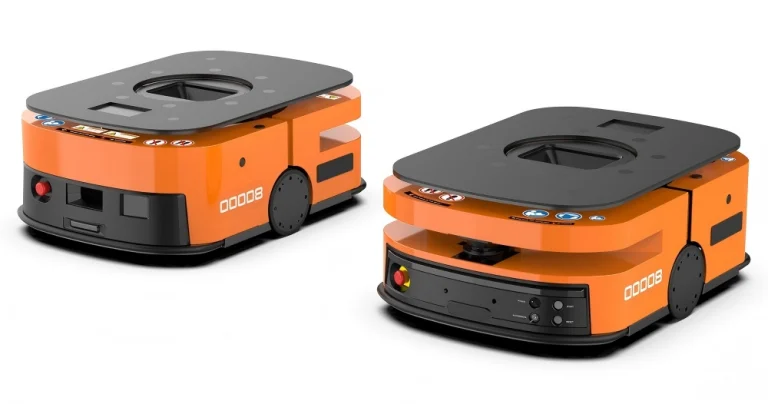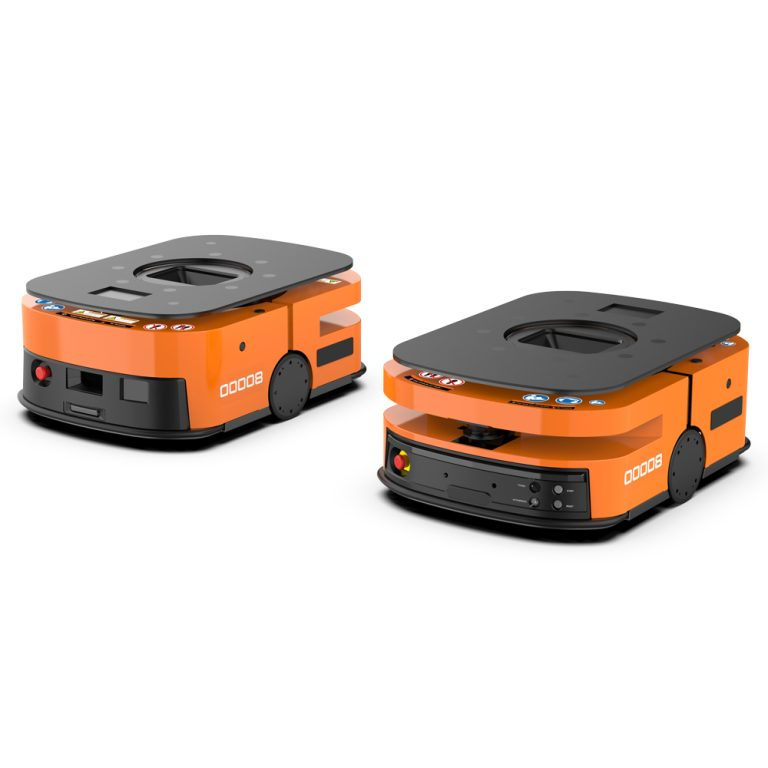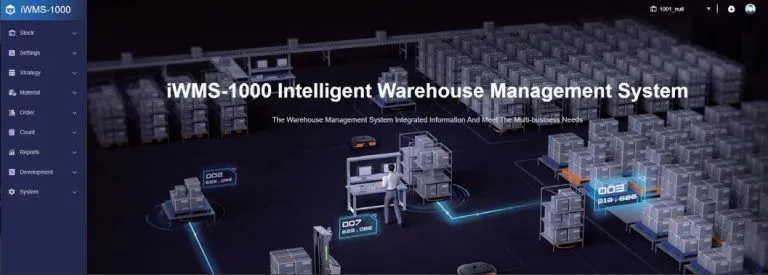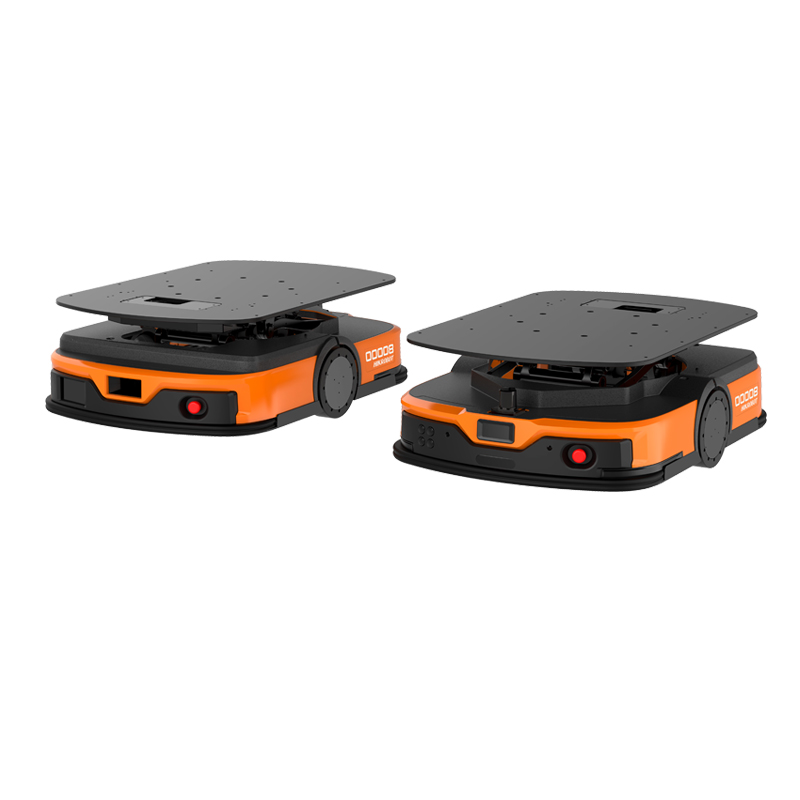
Привет, если вы’ re колено-глубоко в мире производства или логистики, вы’ Вероятно, слышал шум о Латентные мобильные роботыили LMR для короткого. Эти маленькие электростанции потрясают то, как заводы перемещают вещи. Но что именно они такое? И почему они так изменяют игру для умных заводов? В этой статье мы’ Погрузитесь в гайки и болты LMR, извлекая из реальных примеров и ноу-хау отрасли. Мы’ ll поговорить о том, как они’ re преобразовать логистику, бросить в некоторые практические советы, и даже касаться поставщика, что’ с созданием волн. Держитесь вокруг – к концу вы’ Посмотрим, почему LMRs’ т просто гаджеты; Они’ о будущем эффективных операций без головной боли.
Понимание латентных мобильных роботов
Определение и основы
Итак, давайте’ с простым началом. Латентный мобильный робот (LMR) - это в основном автоматизированное управляемое транспортное средство, которое скрывает - или “ латенты” – под полками или колясками для подъема и перевозки грузов. Подумайте об этом как о хитром роботе, который уклоняется под стойкой, поднимает ее и вытащивает ее, не разбивая пота. В отличие от тех громоздких вилочных погрузчиков, которые нуждаются в широких проходах, LMR компактны и гибки. Они’ Мы являемся частью более широкого семейства автономных мобильных роботов (AMR), но с одним поворотом: они специализируются на скользании в узкие места.
Из чего я’ ve видели на заводах, LMRs отслеживают свои корни назад к основным AGV с 1950-х годов, но сегодня’ Версия гораздо умнее. Они используют технологии, такие как навигация SLAM – это’ s Одновременная локализация и картография, если вы’ Re Jotting Notes — создавать карты в полете и уклоняться от препятствий. Больше не устанавливать магнитные ленты или проводы на пол; Эти боты выясняют это сами. И получите это: они’ re идеально подходит для мест, где пространство плотно, как склады, переполненные полками.
Как они работают
Ладно, представьте себе: LMR катится на полку, загруженную деталями. Он позиционирует себя ниже, задействует механизм подъема - обычно гидравлический или электрический - и бум, он’ С несет всю вещь. Навигация? Лазеры, камеры и датчики справляются с этим. Они сканируют окружающую среду, намечают самый короткий путь и избегают столкновений с рабочими или другими машинами.
В действии это’ с беспрепятственным. Возьмем типичную настройку: робот получает задачу от центральной системы, скажем, забрать корзину из точки А в Б. Он движется на молнии со скоростью до 2 метров в секунду, поворачивая на 360 градусов при необходимости. Функции безопасности тоже запускаются - как аварийные остановки, если что-то’ С на пути. Я однажды посетил завод, где эти боты без проблем обрабатывали 500 движений в день. Но не все’ с идеальным; Срок службы батареи может быть затяжением, если вы’ Re работает без остановки смен, поэтому зарядные станции являются ключевыми.
Основные особенности LMR
Что делает LMR выделяться? Давайте’ с разбить его с некоторыми акцентами. Это ’ т только колоколы и свистки; Они’ что позволяет им революционизировать логистику умных заводов.
- Компактный дизайнНизкий профиль означает, что они вписываются под стандартные полки. Высота? Часто менее 20 см, когда не поднимается.
- Гибкая навигацияSLAM или QR коды для маршрутов. Нет фиксированных маршрутов – они адаптируются, если перераспределить пол.
- ГрузоподъемностьОт 100 кг до 1500 кг. Достаточно тяжелый для коробок, но не для массивных ящиков.
- Дружественная интеграцияПодключается к таким системам, как WMS (Warehouse Management Systems) для отслеживания в режиме реального времени.
- Безопасность в первую очередьДатчики обнаруживают людей или объекты, замедляют или останавливаются. Некоторые даже имеют огни и сигналы сигнала предупреждения.
Чтобы сделать это яснее, здесь’ с быстрой таблицей, сравнивающей LMR с традиционными AGV:
| Особенность | Скрытый мобильный робот (LMR) | Традиционные AGV |
| Навигация | Автономный (SLAM, адаптивный) | Фиксированные пути (ленты/проводы) |
| Необходимо пространство | Минимальный, подходит под полки | Требуются широкие проходы |
| Гибкость | Высокий, легкий в перепрограммировании | Низкий, изменения дорогие |
| Стоимость со временем | Низкое обслуживание | Более высокие затраты на установку |
| Скорость в Ops | До 2 м/с, быстрые повороты | Медленнее в динамических местах |
Видишь? LMR выигрывают на адаптивности. Они’ re не безупречно, хотя - в супер пыльных условиях датчики могут потребовать дополнительной очистки, но это’ меньше по сравнению с победами.
Применения на умных фабриках
А где эти боты блестят? Умные фабрики все о эффективности, и LMRs вписываются прямо в. Let’ с посмотреть на некоторые отрасли, вытягивающие из реальных случаев.
В секторе 3С – это’ с потребительской электроникой, такой как телефоны и ноутбуки - LMR обрабатывают крошечные детали с точностью. Представьте себе фабрику, производящую 10 000 гаджетов в день. Боты забирают компоненты из склада, бросают их на сборочные линии и вывозят готовую продукцию. Один пример: китайский завод электроники сократил время простоя на 30% после развертывания LMR. Нет больше рабочих, бегающих вперед и назад; Роботы выполняют работу ног.
Автомобиль? Огромный. Тяжелые детали, такие как бамперы или сиденья, перемещаются без того, чтобы вилочные погрузчики загружали проходы. На сборной линии автомобилей LMR синхронизируются с производственными ритмами, обеспечивая поставку точно вовремя. Я вспоминаю проект, в котором 200 ботов занимались логистикой для крупного автопроизводителя, увеличивая пропускную способность в два раза. А на складах электронной коммерции они’ re золото для сбора заказов. В пиковые сезоны, такие как Черная пятница, они крутятся, захватывая коробки и уменьшая ошибки почти до нуля.
Продовольствие и фармацевтика тоже получают кив. Стерильная среда? LMR минимизируют контакт с человеком, снижая риск загрязнения. Напиточный завод, который я знаю, использовал их для паллетизации бутылок, увеличивая скорость на 40%, сохраняя при этом вещи гигиеничными.
Но это’ Не все розовые. На старых заводах с неравномерными полами, вам могут понадобиться настройки для ботов’ колеса. Все равно, оплата? Огромное.
Преимущества по сравнению с традиционными методами
Переход на LMR’ т просто модный; это’ Умный бизнес. Традиционная ручная обработка или фиксированные конвейеры? Они тянут вас вниз с высокими затратами на рабочую силу и негибкостью.
Во-первых, экономия расходов. Труд? Снижение на 50% в некоторых настройках, поскольку один оператор может контролировать парк. Эффективность? Небесные ракеты – думайте, что поток материала в 2-3 раза быстрее. Ошибки тоже падают; Больше нет неправильно размещенных предметов, которые едят в прибыль.
Безопасность’ с большим. Ручное подъем приводит к травмам – напряжению спины, скользаниям. LMR справляются с этим риском, с помощью встроенной технологии избежания. Добавьте больше ботов по мере роста бизнеса, без крупных ремонтов.
Очки для быстрых побед:
- Повышенная производительность: непрерывная работа, 24/7 если заряжено право.
- Экономия пространстваУже узкие проходы означают больше места для хранения – до 20% больше вместимости.
- Понимание данныхОтслеживайте все через подключенные системы, рано обнаруживая узкие места.
- Экологически чистые: Меньше потерь энергии, чем постоянный вилочный погрузчик.
Конечно, первоначальные затраты немного сокращаются, но ROI достигает в течение 1-2 лет для большинства. Я’ я поговорил с менеджерами, которые клянутся этим – “ Лучшее решение когда-либо, ” один сказал, хотя он жаловался на первоначальную тренировочную кривую.
Вызовы и решения
Нет технологий’ Идеально, да? LMR сталкиваются с такими препятствиями, как сбои интеграции или высокая первоначальная настройка. На сложных заводах синхронизация с существующим программным обеспечением может быть болезненной.
Решения? Начните с маленького — пилотируете одну область, как одну линию. Используйте модульные системы, которые хорошо играют с вашей WMS. Проблемы с батареями? Выберите модели быстрой зарядки или автоматизированные станции.
Кибербезопасность? При большем количестве подключенных ботов хаки вызывают беспокойство. Усиление с зашифрованными коммуникациями. А для пыльных пятен регулярное обслуживание держит их гумящими.
По опыту, ключом является партнерство с надежным поставщиком, который предлагает поддержку. Это сглаждает удары.
Представление Wesar: Ваш поставщик LMR
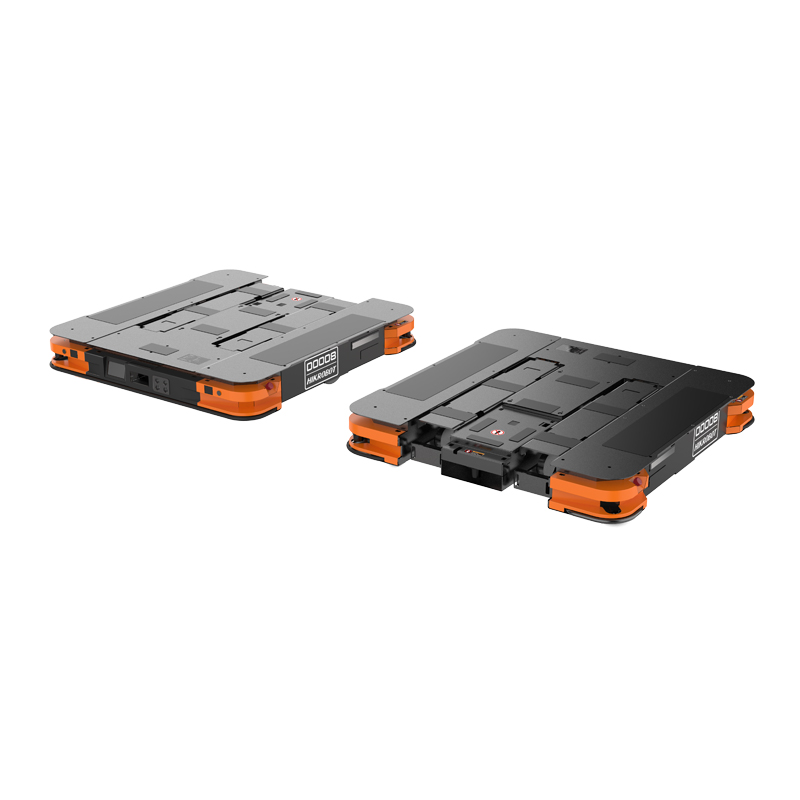
Говоря о поставщиков, давайте’ с светит свет на Вазар. В качестве единого магазина для интеллектуальные заводские решенияWesar специализируется на латентных мобильных роботах и многом другом. Они’ все о индивидуальных подходах – от зеленых логистических ботов до полных складских систем. С годами в игре их команда справляется со всем: планированием, строительством и послепродажными настройками.
Весар’ с ЛМР? Высококласная, с такими функциями, как высокоточная навигация и беспрепятственная интеграция WMS. Они’ ve помогли фабрикам в 3C, авто, и электронной коммуникации повысить эффективность. Если вы’ re eyeing LMRs революционизировать вашу умную фабричную логистику, Wesar’ Стоит взглянуть – они даже бросают инструменты данных для настроек в режиме реального времени.
Заключение
Оборачивая его, Латентные мобильные роботы - это больше, чем технологические игрушки; Они’ Переосмыслить, как умные заводы управляют логистикой. От хитрого перемещения под полкой до повышения безопасности и скорости, LMR решают старые проблемы напрямую. Конечно, есть проблемы, но при правильной настройке преимущества значительно перевешивают их. По мере того как заводы стремятся к более умным операциям, прыжок на поезд LMR может быть вашим преимуществом. Готовы революционизировать свою настройку?
Часто задаваемые вопросы
Что такое латентный мобильный робот (LMR)?
Латентный мобильный робот (LMR) — это тип автономного робота, который скользится под полками или колесачками, чтобы поднять и транспортировать их. Это’ с предназначены для тесных пространств в умных заводах, используя технологии, такие как SLAM для навигации. По сути, он революционизирует логистику умных заводов, делая обработку материалов быстрее и безопаснее.
Как Латентные Мобильные Роботы повышают эффективность на складах?
LMR сокращают ручную работу, закрывая материалы без фиксированных путей. На загруженном складе они могут выполнять сотни задач ежедневно, сокращая время ожидания до 40%. Они интегрируются с системами для отслеживания инвентаризации в режиме реального времени, революционизируя интеллектуальную логистику завода для более плавной операции.
Безопасны ли латентные мобильные роботы для использования вокруг рабочих?
Конечно. Они оснащены датчиками, которые обнаруживают людей или препятствия, вызывающие замедления или остановки. На заводах я’ Как я видел, уровень несчастных случаев резко падает. В то время как нет системы’ с безупречными - следите за слепыми пятнами - LMR делают рабочие места более безопасными, по-настоящему революционизируя интеллектуальную логистику завода.
Что’ с диапазоном затрат на внедрение Латентных Мобильных Роботов?
Это варьируется, но базовая настройка для небольшого флота может стоить от 50 000 до 200 000 долларов, в зависимости от пользовательских функций. ROI приходит быстро, часто менее чем за два года, благодаря сбережению рабочей силы. Если вы’ революционизировать логистику умных заводов, фактор в долгосрочных выгодах, таких как более высокая пропускная способность.
Могут ли латентные мобильные роботы справляться с тяжелыми нагрузками в промышленных условиях?
Да, многие модели поднимают до 1500 кг, что идеально подходит для производства. На автозаводах они легко перевозят детали. Просто убедитесь, что ваши полы равны - неравномерные могут потребовать настроек. В целом они’ re чемпионы в революционной интеллектуальной фабричной логистики для тяжелых задач.


